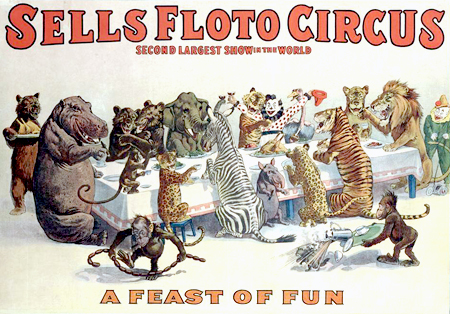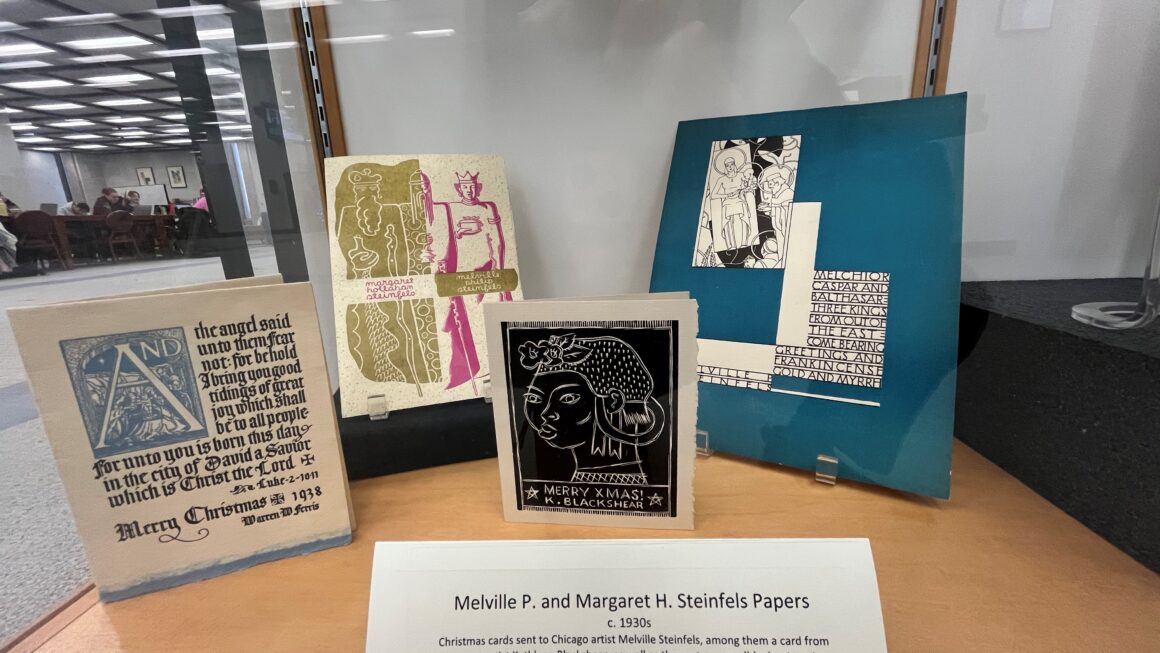Celebrating the season with ARTstor
Click here for the original post: December 6, 2011 by ARTstor
Pieter Bruegel I | Peasant’s Dance, 1568 | Image and original data provided by Erich Lessing Culture and Fine Arts Archives/ART RESOURCE, N.Y. http://www.artres.com/

Herakleitos, after a work by Sosos | Asaroton (Unswept Floor); detail, 2nd century CE | Image and original data provided by SCALA, Florence/ART RESOURCE, N.Y. http://www.artres.com http://www.scalarchives.com
The earliest example of celebrations we’re sharing today is a Greek mosaic from the 2nd Century CE of the floor after a feast—we see fish bones, lobster legs, a chicken foot, and other party detritus. Oddly, there are no empty carafes or glasses, which might mean the Greeks were more cautious with their wine than their dishes (Italian and other European Art (Scala Archives)).

Max Weber | Hasidic dance, 1940 | The Carnegie Arts of the United States| Data from : University of Georgia Libraries
And what’s a party without music? Peter Brueghel the Elder’s “Peasant’s Dance” (1568) (Art, Archaeology and Architecture (Erich Lessing Culture and Fine Arts Archives)) shows children and adults looking oddly serious as they dance to the bagpipe, while the men in Max Weber’s “Hasidic Dance” (1940) express unbridled joy in a traditional dance (Carnegie Arts of the United States).


The clown in the Sells Floto Circus print (1923) (The John and Mable Ringling Museum of Art: Circus Collection) is more successful in leading his guests in cheerful celebration—except for the poor squirrel getting doused with hot coffee.
The ARTstor staff wishes you magnificent feasts and a happy New Year!





